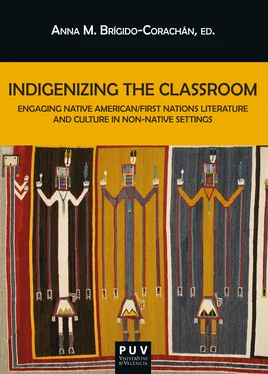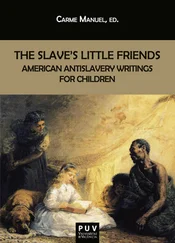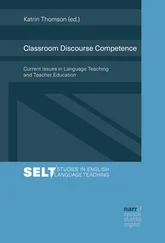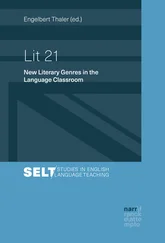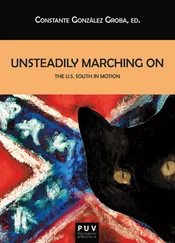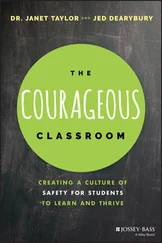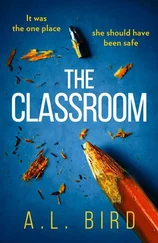In Death of a Discipline the pages on which the phrase “ghost dance” appears, save curiously for p. xii, are indexed under the heading “ghost dance metaphor.” Would that the heading sounded another revenant come to Spivak, that being the haunting figure of White Earth Anishinaabe Gerald Vizenor, from another time that functions now as (an) other time, (dare we say Indi’n time) 1992. For in the spring of that year Vizenor published an essay in World Literature Today (you can’t make this up) entitled “Native American Indian Literature: Critical Metaphors of the Ghost Dance.” Spivak’s phrasing cannot be uncanny, surely; rather, what she seems not to have known is that Vizenor affords her a way forward, one that offers a supplement to Spivak’s planetarity. Vizenor, writing in the early 1990s, which is to say at precisely the time Spivak invokes Native American fiction to help make her case for the need for transnational literacy, concludes his brief survey of the current state of Native American literary production and the booklength scholarship devoted to it by yoking Native literature and the Ghost Dance:
English, the coercive language at federal boarding schools, has carried some of the best stories of endurance and tribal spiritual restoration, and now that same dominant language bears the creative literature of crossblood writers in the cities. The characters dance as tricksters, a stature that would unite tribal memories. The language of tribal novelists and poets could be a literary ghost dance, a literature of liberation that enlivens tribal survivance. (8)
Vizenor sounds a note of caution here, to be sure: Native American literature becomes a literary ghost dance when it rouses and animates tribal survivance, which is to say when it inspires and encourages not victimry but survival and resistance; survival and appearance, that is to say presence; survival in the name of continuance for both individual(s) and the group, be it band, tribe, or nation.
In 2009, Vizenor links Wovoka and the Ghost Dance to a Native continental liberty, and with that linking a Native American literature of liberation implicitly and explicitly inscribes and calls for the People to have once again the freedom to move throughout their ancestral homelands across the continent. While Spivak’s planetarity is a reasonable way to escape the implications and meanings of globalization that come along unbidden when one thinks in global terms, Vizenor’s continental liberty keeps the land, sovereignty, and Native rightful claims to both squarely before us. Place matters, after all. So too words: apt words, words stitched together well, artful words. To wit, “a literature of liberation”: the phrase balanced perfectly, its rhythm carrying the lower case “l” to the heart of the heart of the clause and then beyond so that we can arrive just where writer and reader need to be—survivance. 1
Let the literary ghost dance, indeed.
Native texts teach us. In turn, we teach students and each other to see what has not been seen concerning Native Americans and Native American literatures. This is no easy task, as White Earth Anishinaabe Kimberly Blaeser’s “Living History,” the text with which we began, makes clear. “Living History” asks readers to recognize the trap the majority culture would have the indian be caught in. That is, the poem’s closing words repeat the title, and in doing so frame the dominant societies’ efforts to leave the Native no way out, nowhere to go to save an endless reenactment of the indian —frozen in the past, at best an actor in some commodification of some version of American history: call it a wild west show, a pageant, frontier town.
If not simply consigned to the past, the indian of today is assailed by groups such as the Citizens Equal Rights Alliance (CERA) and All Citizens Equal (ACE) for clinging to treaties between Native nations and the United States Government that those groups abhor. Elaine Willman, a past chair of CERA, declared at a meeting of Montana Agri-Women, “One of the games being played is using terms that are a couple of hundred years old, that are dead. It’s dead language being revitalized. For example, you hear an awful lot these days about aboriginal rights, an awful lot about pre-constitutional and pre-European. These are terms that are just invalid. They are absolutely invalid, but they are being propagandized across the country” (“Montana Human Rights Network” 9-10).
Of course, contemporary Native Americans are also trapped by the stereotypes of the spiritual/mystical indian , the environmental indian , the warrior, the drunk. This is not to say that Natives are not spiritual, do not care about the environment and its degradation, do not serve in the armed forces, or have not succumbed to the seductive poison of alcohol: some are, some do, some have. The point is that the stereotypes make it easy for members of the dominant society to forego so much as an awareness of the issues faced by contemporary Natives, much less think about those issues and their root causes and take action. More than fifty years after the American Indian Movement was born to patrol the streets of Minneapolis, Minnesota in response to police harassment, Alcatraz was occupied by Native Americans, and Kiowa author N. Scott Momaday’s House Made of Dawn received the Pulitzer Prize for fiction, it would seem that most in North America still tend not to think about the Indigenous people of the continent, comfortable with the figure of the indian unexamined and unchallenged. Meanwhile, a 2019 Canadian government commission declared violence against First Nations women to be genocidal, US. FBI statistics indicate that 4% of the identified hate crimes in 2016 were committed against Native Americans, incarceration of Native Americans is disproportionate to their percentage of the total US population, Indigenous youth on both sides of the US-Canada border suffer from a higher rate of suicide than non-Natives, and poverty and health problems abound. Such is the seductive power of the stereotype.
The references to Momaday and Silko are deliberate, for it is via literature that the stereotypes can begin to be undone. From title to last words to title, “Living History” inscribes a closed circuit. Or so it would seem. As educators, our task is to help students move beyond that with which they are comfortable, the stereotype, so that they can see a way out of the trap set by those in power and articulated by Blaeser’s poem. Here, too, place matters, and by that I mean the classroom; thus, we turn there now.
“Indian people don’t teach their children, they story them.”
Kimberly Blaeser in Women from White Earth
Given what I have said so far you might think my theoretical predilections would be toward poststructuralism and more specifically deconstruction, which is fair enough. When I teach Native American literatures, however, I keep continental theory well in the background, operating for the most part soto voce if at all, in favor of a tribal—or nation-based approach to reading works from a particular group of Native literary artists. In short, I am following the call of Blaeser and others for a “tribal-centered” literary criticism. Such a critical center does not reject western approaches to texts, mind you, but it does ask us to let the texts in question teach us about specific Indigenous ways of knowing, ways of being, culture, and history. In order to best have the texts teach us, moreover, it is important to call into question the classroom and how it operates.
Thus, I begin my upper-division undergraduate course in the literature by White Earth Anishinaabe writers not with the syllabus or with general remarks about the course and what we hope to accomplish; rather, from the back of the classroom I voice for them Blaeser’s poem and then ask them to write down what they heard. The move from spoken to written mirrors the connection between orality and writing that Blaeser highlights in her book on the work of fellow bandmember Vizenor and sounds what will be our effort to identify the traces of orality in the written works we will read throughout the course: “Recognizing the vitality of the oral, Vizenor’s effort is to write in the oral tradition, to invite or require an imaginative response similar to that required in the oral exchange, one that will move the reader beyond the ‘dead voices’ on the page” (Blaeser Gerald Vizenor
Читать дальше
